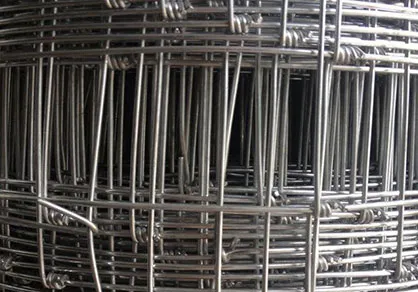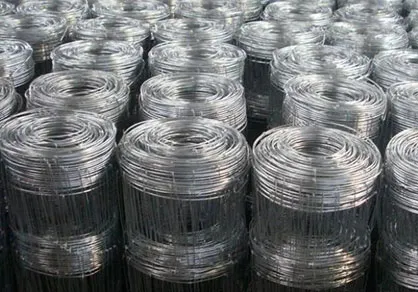

Installers must also pay close attention to the spacing of the screws. Heavy load applications may require a tighter screw spacing schedule to distribute weight evenly and reduce the potential for any sagging or bowing of the drywall. Standard practice often involves placing screws at a minimum of every 16 inches along the stud lines but tightened accordingly to match the load requirements. Moreover, the method of installation plays a vital role in the overall effectiveness of the drywall screw in heavy load scenarios. Utilizing a drywall screw gun that allows for controlled depth setting is essential to avoid overdriving the screw, which can strip the material and compromise its integrity. Additionally, ensuring that the drywall panel is properly aligned and butted accurately against the studs will enhance the overall stability of the installation. While the choice between using screws and nails in drywall installations may arise, it’s essential to understand their respective roles. Although cheaper, nails do not provide the holding strength that screws do, particularly in heavy load conditions. Drywall screws are uniquely superior in this regard; their threading capacity offers a firm grip capable of bearing substantial weight without work loosening, which is a common problem with nails over time. The synergy between understanding the physical characteristics of drywall screws and their application lays the foundation for adherence to safety standards in construction environments. Expert installers and construction professionals advocate for rigorous training and certification in installing heavy-load drywall applications. This ensures compliance with building codes and reduces liability risks associated with structural failures. To conclude, the effective use of drywall screws in heavy load-bearing scenarios is a fusion of expert knowledge, meticulous preparation, and precision in application. Choosing the appropriate screw type, understanding the load requirements, and ensuring correct installation techniques are pivotal in achieving not only a clean and aesthetically pleasing outcome but also a strong, reliable, and safe structural system. Through practical application and continuous learning, construction professionals can assure clients of superior performance and longevity from their drywall installations.

















